I'm writing the firmware for a data-acquisition board using the dsPIC33FJ64GP804 MCU and I noticed something strange reading the electrical characteristics for 12-bit A/D conversion:
The ADC clock period (emphasis mine) is listed as 117.6ns, which is an oddly-specific number, especially considering there's no direct hardware obstacle to try running your ADC much faster, e.g. with TAD = FCY, which could be as low as 25ns at the highest officially allowed clock speed. So the limit doesn't come from there.
The characteristics for 10-bit conversion seems more like it's been derived from actual characterization testing:
So where does this weird value come from? Something related to the settling time of the sample&hold capacitor (esp. considering TSAMP = 3 TAD for 12-bit and TSAMP = 2 TAD for 10-bit)?
Edit
To clarify, I understand TAD = 25ns would be asking for trouble. My main questions are:
- Why is TAD different for the 10-bit and the 12-bit case at all?
- Where does the 12-bit number come from, could IC characterization (which I guess involves statistical methods and uncertainty) really produce a number that precise?


